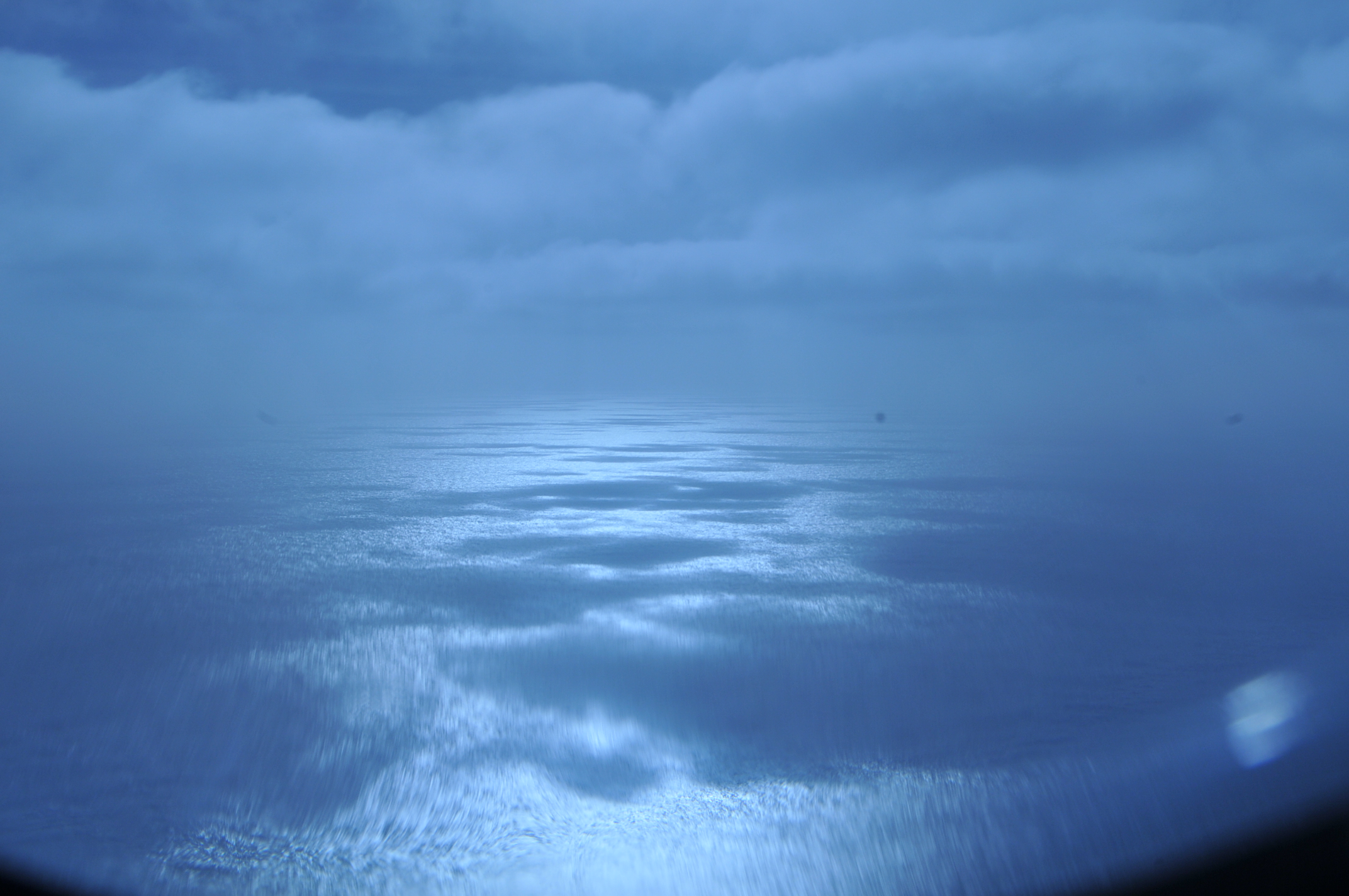Scientists have reportedly discovered a giant anomaly in the Indian Ocean that has been termed as ‘gravity hole’. This is reportedly three million square kilomenters of the ocean. At this place the gravitational pull of Earth is significantly lower than the global average.
As per recent studies the researchers now have a probable scientific explanation for the cause of this gravity hole.
The researchers found that the Indian Ocean Geoid Low (IOGL) is a result of a mass deficiency within the Earth’s mantle under the Indian Ocean. They found through the study that around 30 million years ago, the remnants of an ancient sea known as the Tethys Sea, sank under Africa. Pieces of the oceanic plate sank beneath Africa’s surface into the mantle, the layer underneath the Earth’s crust.This created a powerful downward movement of molten rock in the mantle. To balance out this downward movement, streams of hot and lighter mantle started rising up from below the Indian Ocean. This upwelling of the hot plumes started around 20 million years ago, reported Jagaran Josh.
The report of the study was published in the journal ‘Geophysical Research Letters’. In this report, two researchers from the Centre for Earth Sciences at the Indian Institute of Science, Debanjan Pal and Attreyee Ghosh, came up with an explanation.
They found that some sections of tectonic plates have sunk through the mantle under Africa, generating plumes from under the Indian Ocean.
They explained that the interplay of these processes beneath the Indian Ocean might have determined the position and shape of the IOGL.
According to the scientists, the IOGL likely took its present shape about 20 million years ago, when the plumes started to spread within the upper mantle. And it will probably last as long as mantle material flows.




 Ms Kalinga
Ms Kalinga